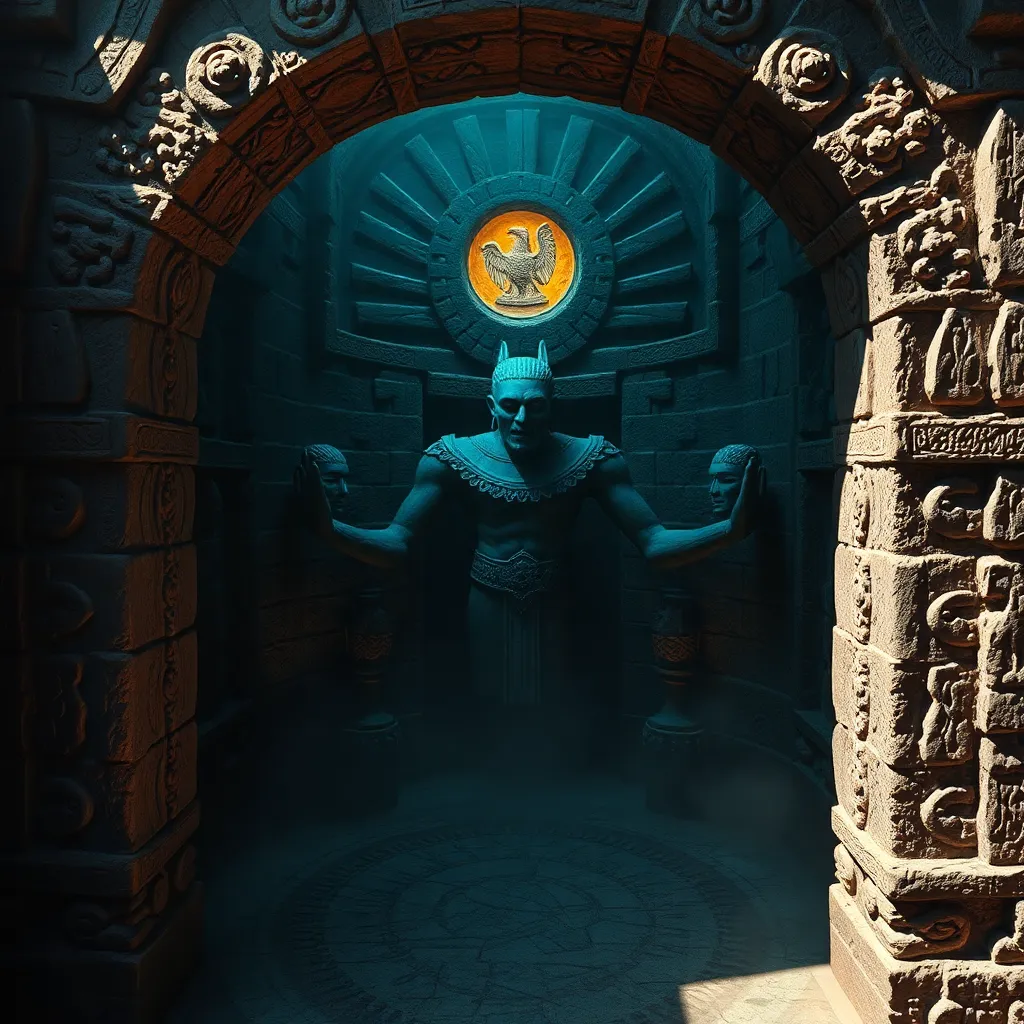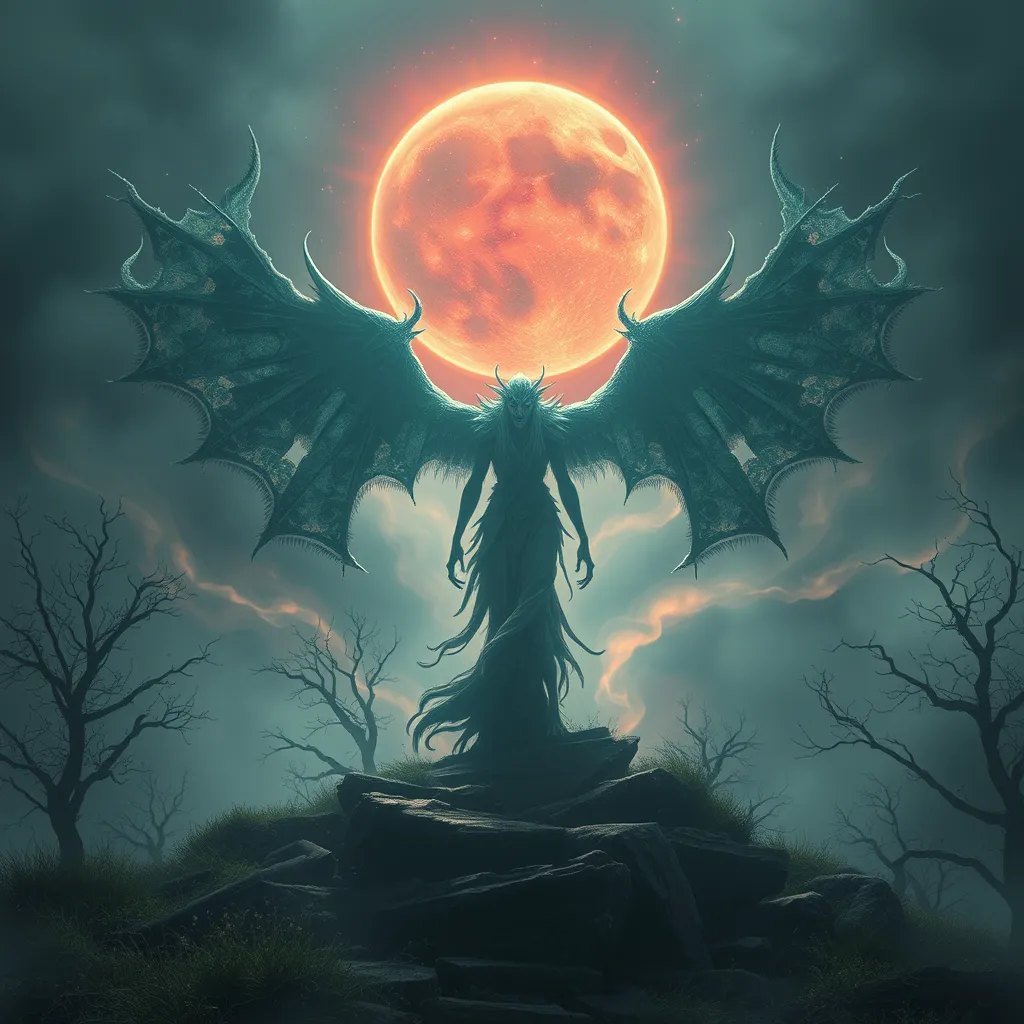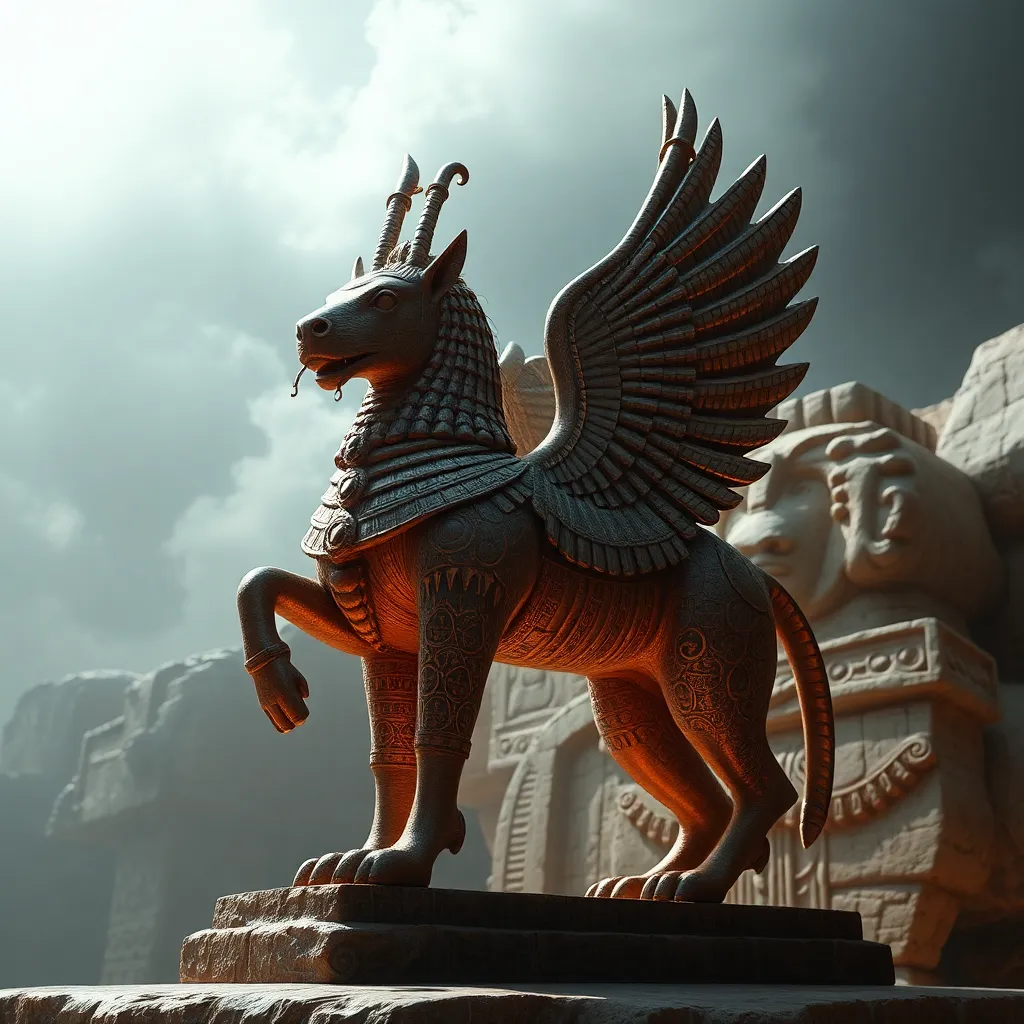The Ahuizotl: A Window into the Aztec Concept of Death and the Afterlife
I. Introduction
The Ahuizotl, a creature deeply embedded in Aztec mythology, serves as a fascinating lens through which we can examine the Aztecs’ complex views on death and the afterlife. This mythical being, often depicted as a dog-like creature with features resembling both a monkey and an otter, plays a significant role in the rich tapestry of Aztec beliefs. Understanding the Ahuizotl is crucial for grasping the broader implications of Aztec mythology, particularly their concepts of mortality, the afterlife, and the natural world.
The purpose of this article is to explore the Ahuizotl’s significance, emphasizing its connections to death and the afterlife as perceived by the Aztecs. By delving into its mythology, cosmological role, and cultural significance, we can gain insights into the Aztec worldview and its intricate relationship with the cycles of life and death.
II. The Mythology of the Ahuizotl
The Ahuizotl is a creature of striking appearance, often described as having a sleek, dark fur coat, sharp claws, and a long tail that ends in a hand-like appendage. Various accounts suggest it possesses a face similar to that of a dog or a monkey, which adds to its mystique and fearsome reputation.
Historically, the Ahuizotl has been documented by various Spanish chroniclers during the colonial period, who recorded local legends and accounts of encounters with this elusive creature. While the exact origins of the Ahuizotl myth are difficult to pinpoint, it is believed to have roots in pre-Columbian folklore, possibly symbolizing the dangers associated with water bodies, particularly lakes and rivers.
Across different Aztec sources, the Ahuizotl legend exhibits variations. In some narratives, it is portrayed as a malevolent being that drags unsuspecting victims into the water, while in others, it is depicted more as a guardian of aquatic realms. These differing interpretations reflect the dual nature of the Ahuizotl, embodying both danger and protection.
III. The Ahuizotl in Aztec Cosmology
Within the Aztec pantheon, the Ahuizotl holds a unique place, as it embodies elements of both nature and the underworld. It is often associated with water, a vital resource in Aztec culture, but also signifies the perilous aspects of nature. This duality is a recurring theme in Aztec beliefs, where life and death are interconnected.
The Ahuizotl symbolizes the connection between the living world and the underworld, often referred to as Mictlan in Aztec cosmology. As a creature that inhabits water, it serves as a bridge between the terrestrial and the aquatic, reflecting the fluidity of life and the inevitability of death. In this context, the Ahuizotl represents the cyclical nature of existence, where death is not an end but a transition to another state of being.
IV. The Significance of Death in Aztec Culture
Death was a central theme in Aztec culture, representing not only an end but also a necessary part of the life cycle. The Aztecs believed in a cyclical understanding of existence, where life, death, and rebirth were intertwined. This belief system emphasized the importance of honoring the dead through rituals and sacrifices.
Key aspects of Aztec beliefs regarding death include:
- The cycle of life, death, and rebirth: The Aztecs viewed life as a continuous cycle, where each death led to new beginnings.
- Rituals and sacrifices: These were integral to their culture, aimed at appeasing the gods and ensuring a safe passage for the deceased into the afterlife.
- Celebration of death: Rather than fearing death, the Aztecs celebrated it, as seen in festivals like the Day of the Dead.
V. The Ahuizotl’s Connection to the Afterlife
The Ahuizotl’s role extends beyond that of a mere mythical creature; it is often interpreted as a guide or guardian of souls. In this context, it is believed to assist the souls of the drowned or those who died unnaturally in their journey to the afterlife.
Moreover, the Ahuizotl is associated with Xibalba, the Aztec underworld, reinforcing its connection to death and the afterlife. The underworld was perceived as a complex realm where souls underwent trials before reaching their final resting place.
Water, as a transitional element, plays a crucial role in this journey. In Aztec beliefs, water is not only a source of life but also a means of purification and transition. The Ahuizotl, as a creature of water, symbolizes this transition between the world of the living and the realm of the dead.
VI. The Ahuizotl in Art and Literature
The Ahuizotl has been depicted in various forms of Aztec art and artifacts, showcasing its significance in their culture. Artistic representations often highlight its unique features, emphasizing the blend of danger and beauty associated with this mythical being.
In addition to visual art, literary references to the Ahuizotl can be found in codices and folklore, where it is often featured in cautionary tales about the dangers of water bodies. These stories served as moral lessons for the community, reinforcing the respect and fear associated with the natural world.
In modern interpretations, the Ahuizotl continues to inspire writers, artists, and filmmakers, often reimagined as a creature embodying the complexities of life, death, and the human experience. Its legacy remains alive in contemporary culture, reflecting the enduring nature of mythology.
VII. Comparative Analysis: Ahuizotl and Other Mythical Creatures
When comparing the Ahuizotl to mythical creatures from other cultures, several similarities and differences emerge:
- Similarities: Like the Chupacabra in Hispanic folklore or mermaids in various cultures, the Ahuizotl embodies the fear and fascination humans have with the unknown aspects of nature.
- Differences: While many mythical creatures symbolize death, the Ahuizotl uniquely integrates the themes of water and transition, illustrating a more nuanced view of the afterlife.
This comparative analysis highlights the Ahuizotl’s unique position in the broader context of mythological studies, showcasing how it reflects specific cultural beliefs about death and existence.
VIII. Conclusion
In summary, the Ahuizotl serves as a powerful symbol within Aztec mythology, encapsulating the complex beliefs surrounding death and the afterlife. Through its dual nature as both a guardian and a threat, it reflects the Aztecs’ deep understanding of life’s cycles and the inevitability of mortality.
Reflecting on the significance of the Ahuizotl offers profound insights into the Aztec worldview, emphasizing the importance of mythology in shaping cultural perceptions of life, death, and the afterlife. Understanding such myths not only enriches our knowledge of ancient cultures but also invites us to contemplate our own beliefs about existence and what lies beyond.



